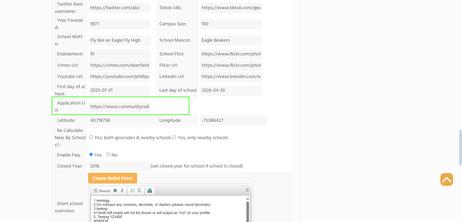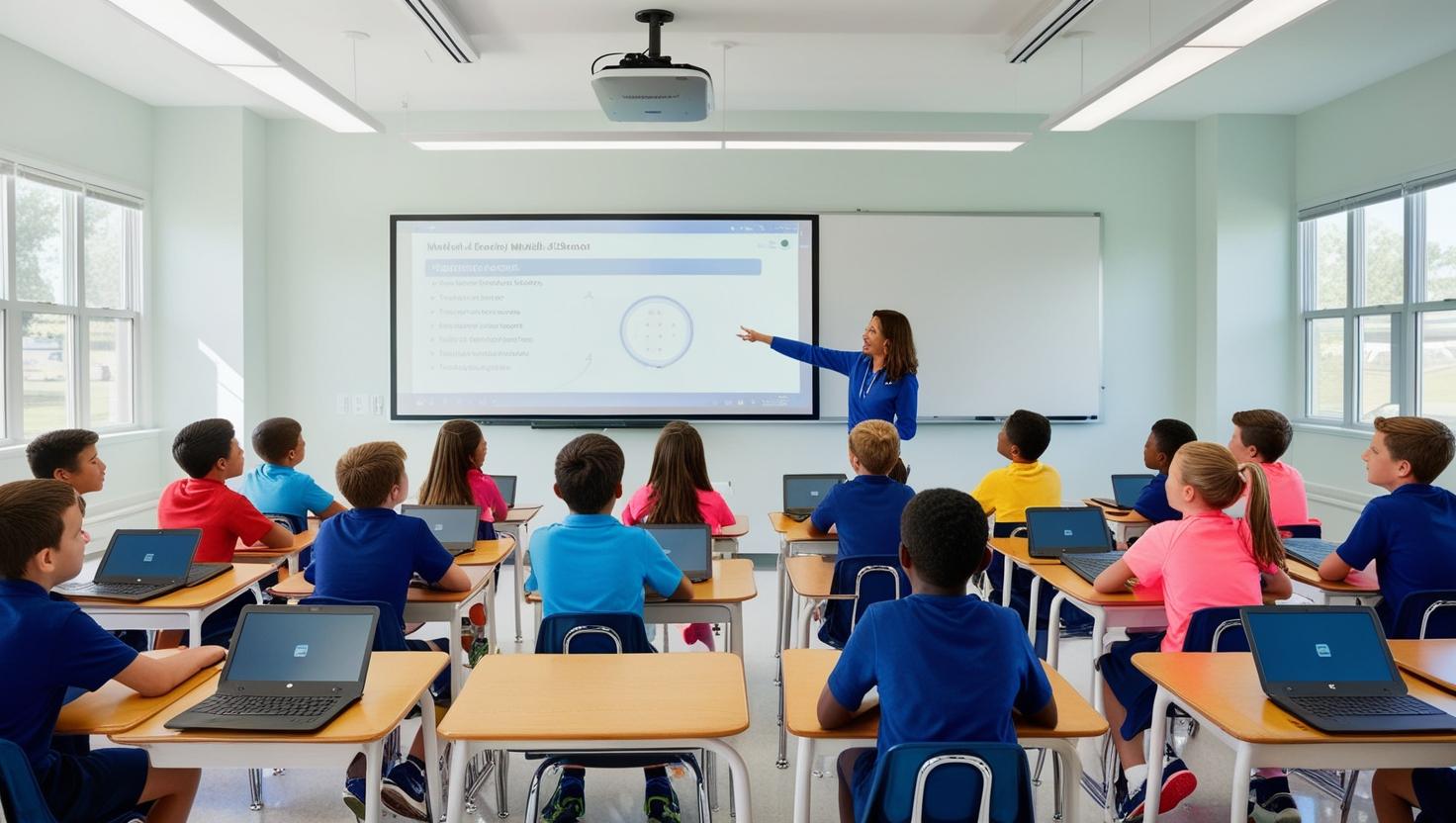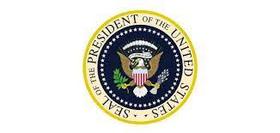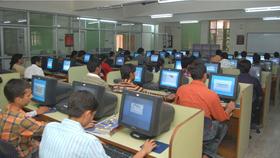Pre-AP, PSAT/NMSQT, BlueBook, and More
As one parent to another, understanding the College Board's programs is crucial for supporting your high schooler.
- It's not simply a matter of SAT prep, although that is one goal.
- The Pre-AP and PSAT offer you an opportunity to determine whether your child will succeed in college-level academic work or perhaps is better suited for a hands-on vocational or paraprofessional career path.
- Given that a college education costs from $4,000 to $68,000 per year, figuring out what happens after graduation makes good sense.
- The College Board offers a range of programs designed to help middle and high school students build the skills and confidence they need to succeed in college and beyond.
The College Board is a well-known, established organization that plays a significant role in preparing high school students for college through its various programs.
- One of the key ways the College Board does this is by helping students prepare for the SAT, a critical exam for college admissions.
- The College Board's programs are designed to be accessible and engaging for a variety of learning styles.
- By understanding these programs, parents can better support their children's high school education.
Here's an overview of these programs, together with explanations of how they provide some valuable insights into a student's abilities and skills.
Pre-AP Programs
The Pre-AP program is an excellent way for students to prepare for Advanced Placement (AP) courses.
- This introduction































